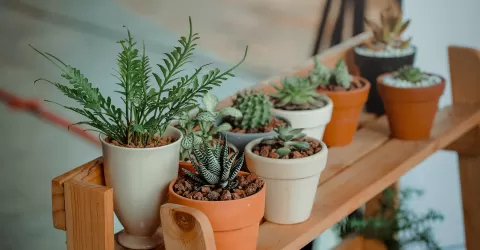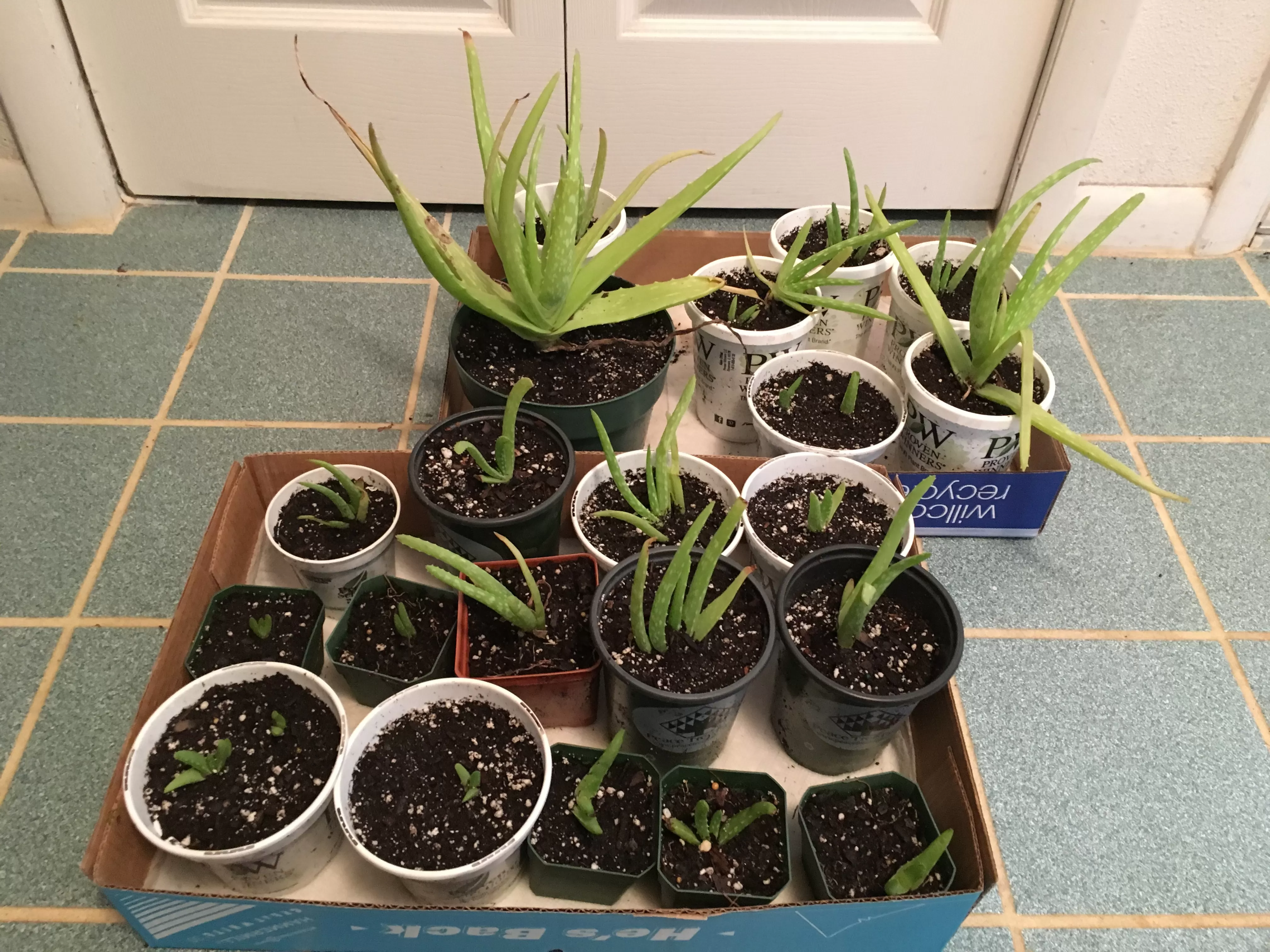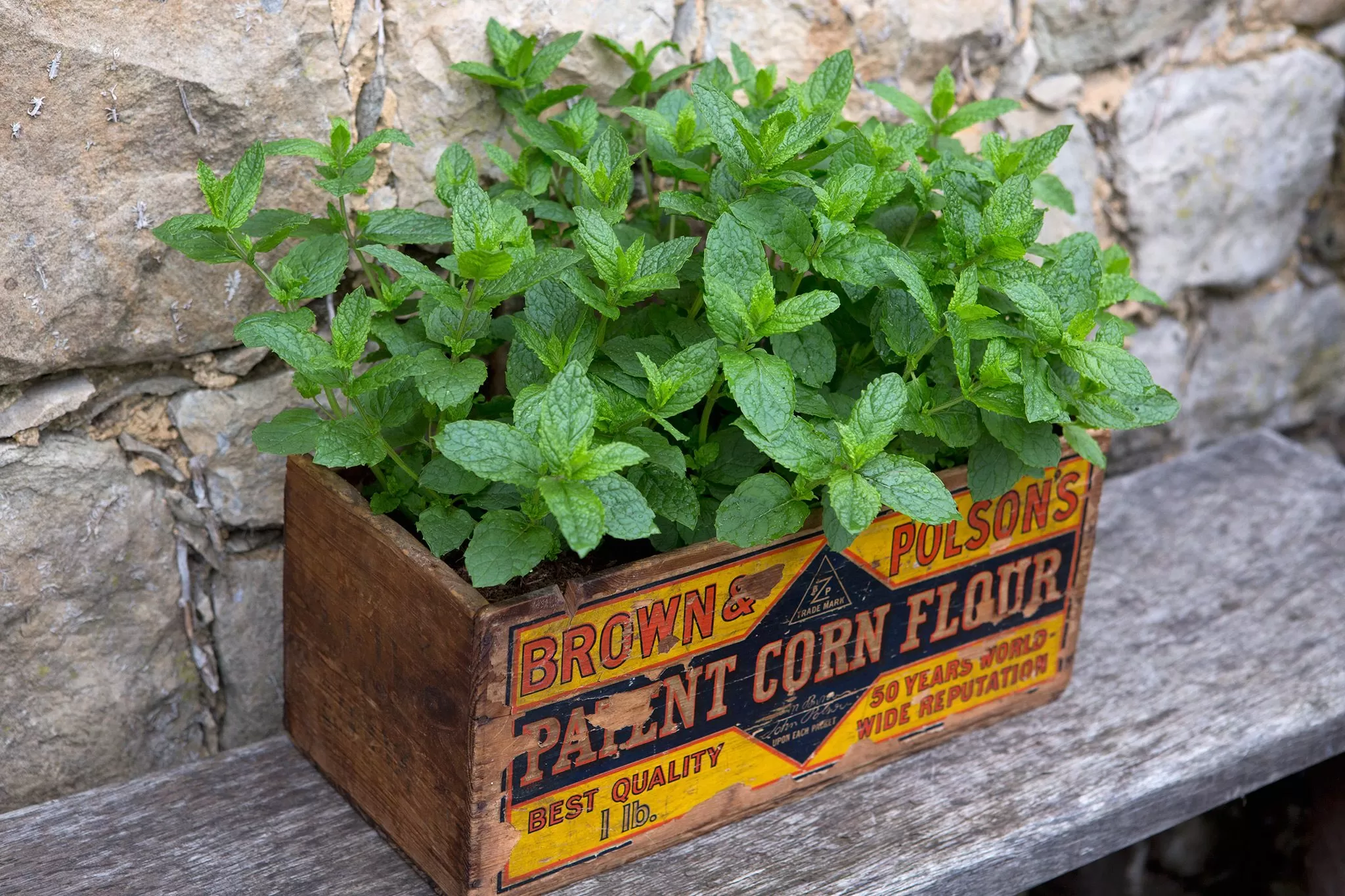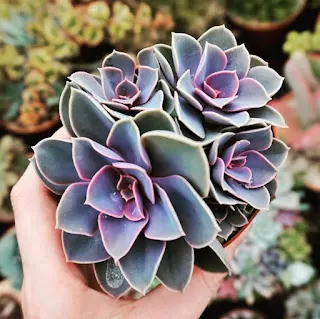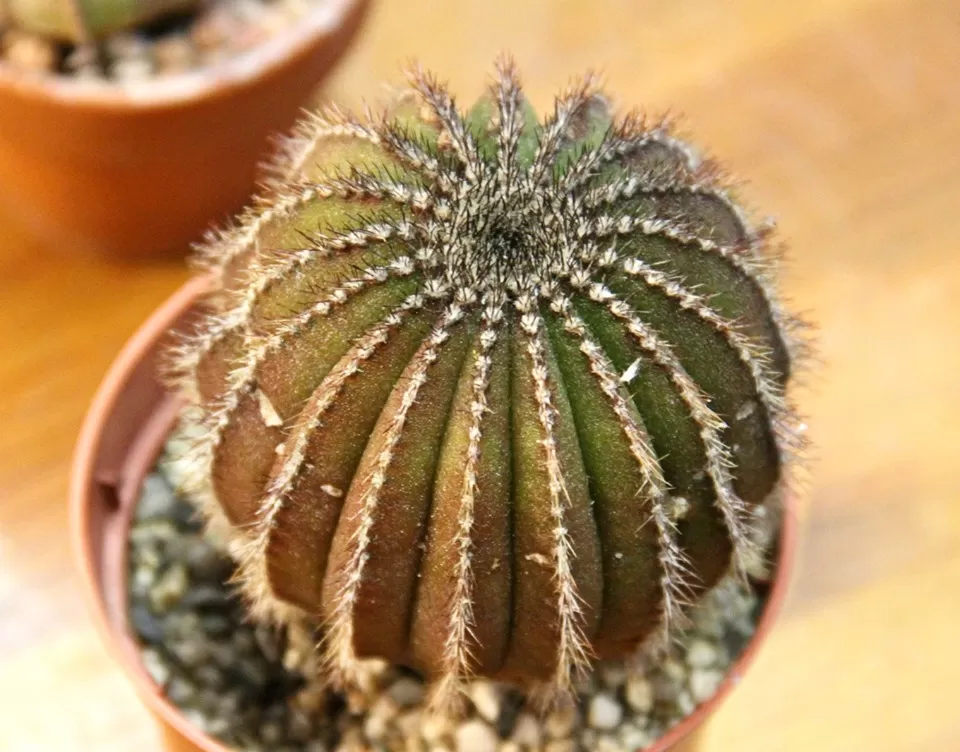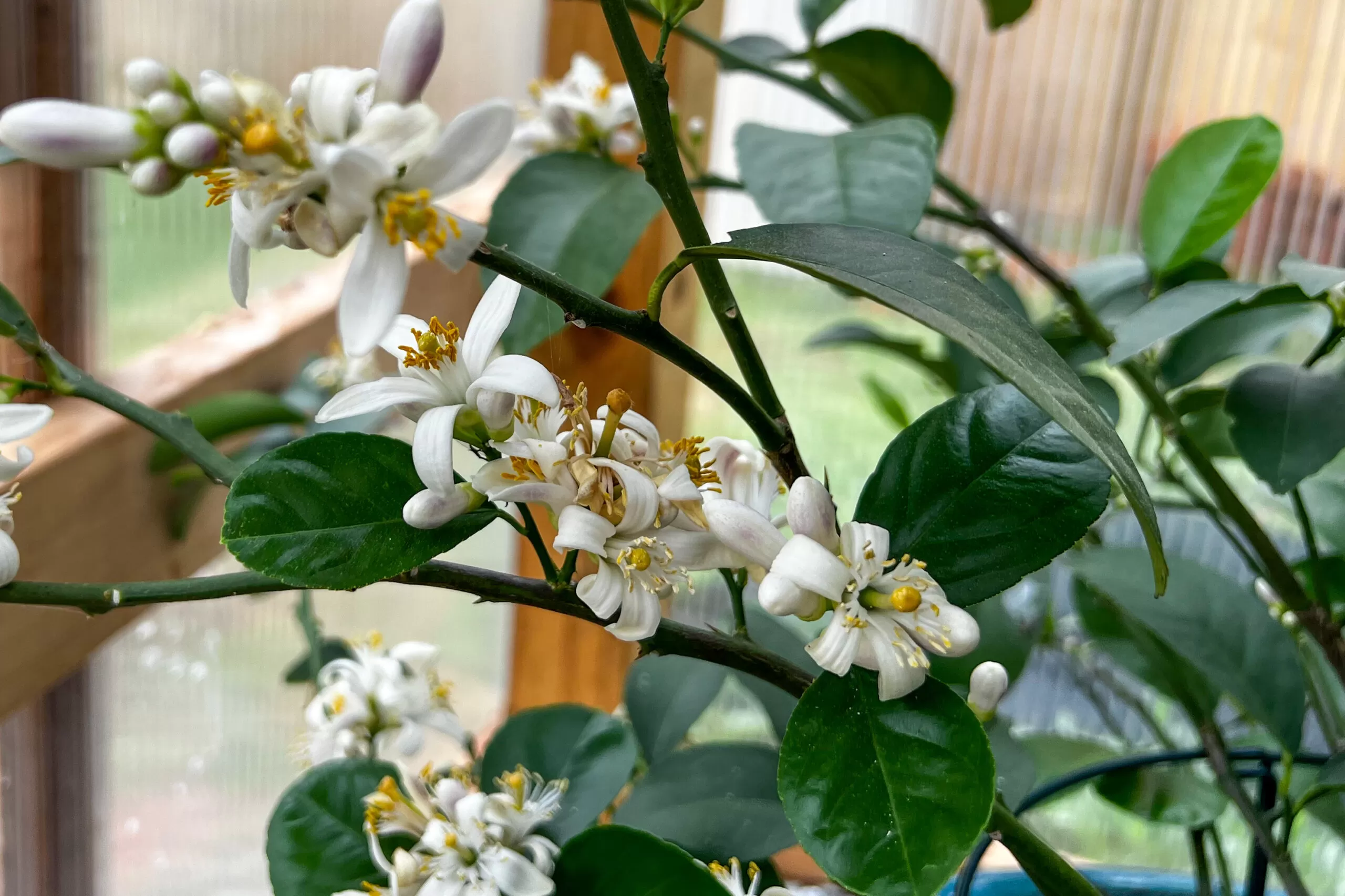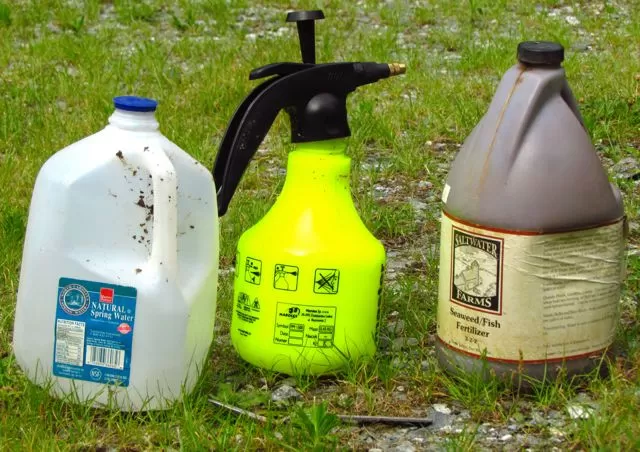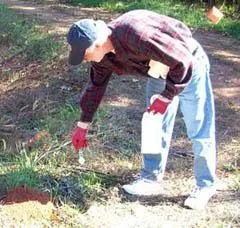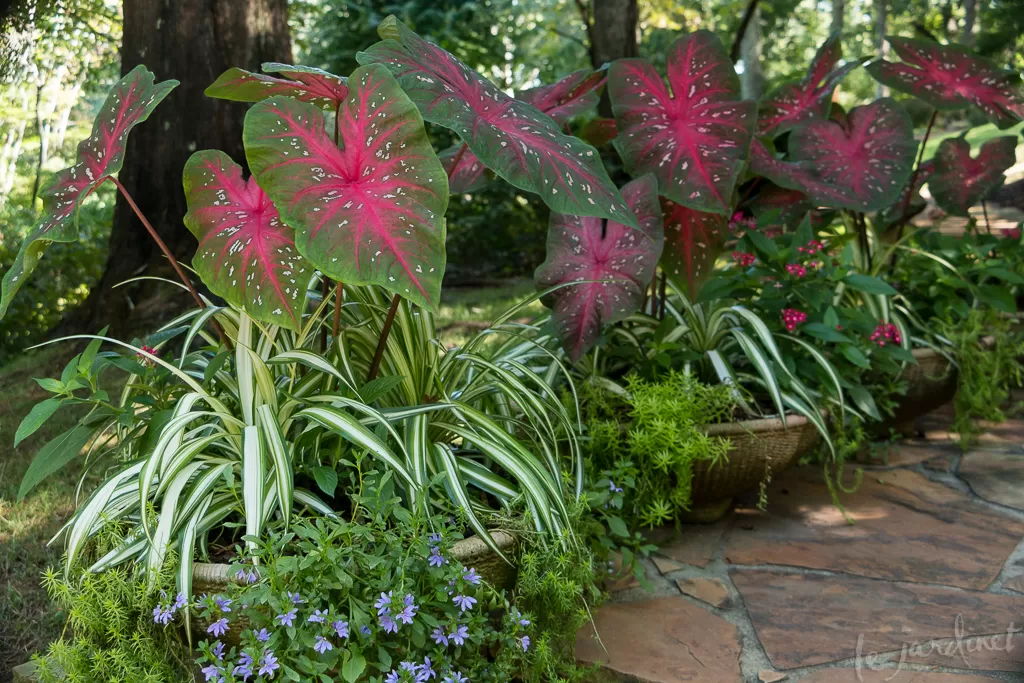- Drought-tolerant succulents are perfect for busy gardeners or those in dry climates.
- They store water in their leaves and stems, requiring infrequent watering.
- Choosing the right soil is crucial – focus on excellent drainage.
- These versatile plants thrive in containers, landscapes, and creative displays.
- Easy-to-grow varieties like Hens and Chicks, Echeverias, and Snake Plants offer stunning options for beginners.
Step into the wonderful world of drought-tolerant succulents, and you’ll quickly understand why these resilient beauties have captured the hearts of gardeners everywhere. From their captivating shapes and textures to their incredible ability to thrive on neglect, succulents offer a winning combination of low maintenance and high visual impact. Whether you’re a seasoned plant parent or just dipping your toes into the gardening pond, embracing drought-tolerant varieties means less time worrying about watering and more time simply enjoying your green space. Let’s explore some fantastic options that prove you don’t need a green thumb (or a constant watering can!) to create a thriving, beautiful garden.
Contents
- Top Picks: Easy Drought-Tolerant Succulents for Your Garden
- Hens and Chicks
- Echeverias
- Aeoniums
- Agave
- Sanseverias (Snake Plants)
- Crassulas
- Sedums
- Mastering Succulent Watering Needs
- The Foundation: Choosing the Best Soil for Drought-Tolerant Succulents
- Designing Your Space with Drought-Tolerant Succulents
- Conclusion
Top Picks: Easy Drought-Tolerant Succulents for Your Garden
Starting with succulents is incredibly rewarding, especially when you choose types known for their hardiness and forgiving nature. A great rule of thumb is that if a succulent is widely available, it’s likely because it’s proven itself to be easy to grow. Here are some standout drought-tolerant succulents perfect for beginners looking for guaranteed success.
Hens and Chicks
These charming, rosette-forming succulents are tough as nails, living up to their common name by producing numerous “chicks” around the central “hen.” They are among the most cold-hardy succulents, happily surviving frosty conditions where many others wouldn’t dare tread. Varieties like ‘Purple Mojo’ offer beautiful rich plum tones that stand out.
- Scientific Name: Sempervivum spp.
- Common Name: Hens and Chicks
- Zone: Typically 3-8 (varies by species/cultivar)
- Light: Full sun to partial shade
- Humidity: Low
- Water: Very low; allow soil to dry completely between watering
Echeverias
If you love the look of perfect floral blooms but want something that lasts far longer than a cut flower, Echeverias are your answer. Their leaves form stunning rosettes that look like perpetual blossoms. Cultivars such as ‘Morning Light’ display gorgeous hazy-blue hues and are known for being particularly easy for beginners to grow.
- Scientific Name: Echeveria spp.
- Common Name: Echeveria
- Zone: Typically 9-11 (some varieties may tolerate colder temps)
- Light: Full sun to partial shade
- Humidity: Low
- Water: Low; water deeply only when soil is dry
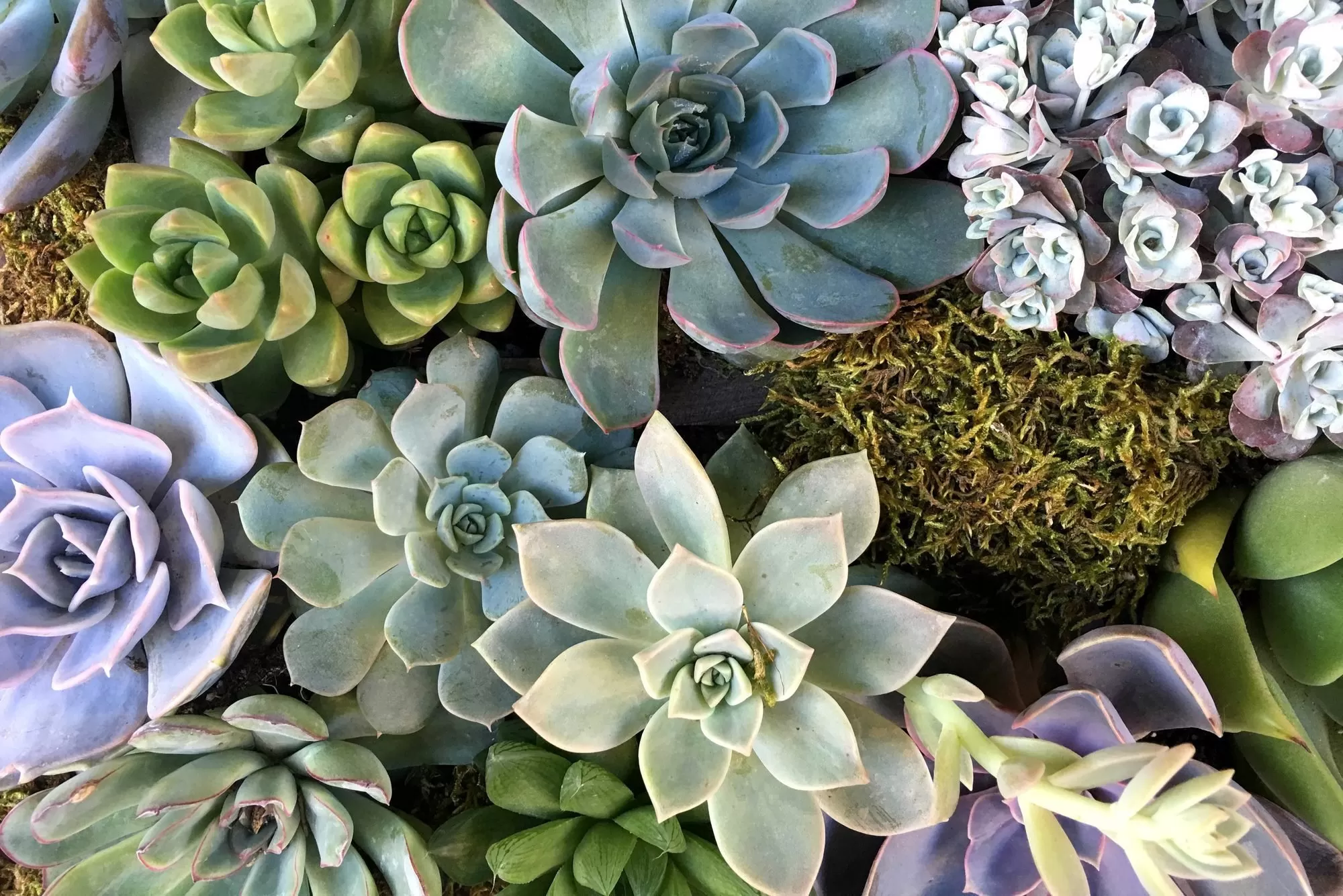 Close-up of a beautiful blue-grey Echeveria succulent plant rosette
Close-up of a beautiful blue-grey Echeveria succulent plant rosette
Aeoniums
Aeoniums bring a unique, often tree-like form to the succulent world, topped with dramatic, flower-like rosettes. These plants are known for their ease of growth and can make a bold statement in containers or landscapes in warmer climates. The dark, almost black cultivar ‘Zwartkop’ is a particularly popular and striking choice.
- Scientific Name: Aeonium spp.
- Common Name: Aeonium
- Zone: Typically 9-11
- Light: Full sun to partial shade (some varieties prefer afternoon shade in hot climates)
- Humidity: Low to moderate
- Water: Low; water when soil is dry, less in dormancy (often summer)
Agave
While some Agave species can be enormous and spiky giants, many compact varieties are perfectly suited for containers, allowing you to enjoy their architectural beauty without needing vast space. Their rigid, often sculptural forms make them focal points. The stunning ‘victoriae-reginae White Rhino’ cultivar with its jade and cream variegation is a perfect example of a more manageable, eye-catching Agave.
- Scientific Name: Agave spp.
- Common Name: Agave
- Zone: Typically 8-11 (varies widely by species)
- Light: Full sun
- Humidity: Low
- Water: Very low; highly drought-tolerant once established
Sanseverias (Snake Plants)
You might already know the legendary Snake Plant, famous for its near-indestructibility as a houseplant. Its upright, architectural leaves bring modern flair to any space. The most common varieties feature thick, variegated blades reaching over a foot tall. For a fun twist, look for cultivars like ‘Twist’ with its swirling foliage.
- Scientific Name: Sansevieria (now Dracaena) spp.
- Common Name: Snake Plant, Mother-in-Law’s Tongue
- Zone: 9-11 (often grown as houseplants elsewhere)
- Light: Low to bright indirect light (very adaptable)
- Humidity: Low to moderate
- Water: Very low; allow soil to dry completely between watering, prone to root rot if overwatered
 Tall Sansevieria (Snake Plant) in a white pot on a simple white table
Tall Sansevieria (Snake Plant) in a white pot on a simple white table
Crassulas
This diverse genus includes the beloved Jade Plant (Crassula ovata), a classic for a reason – it’s resilient and develops a tree-like structure with age. But the Crassula family offers much more! If you prefer a more unique form and fiery colors, seek out Crassula capitella ‘Campfire’ with its stacked, propeller-like leaves that turn vibrant red in sun.
- Scientific Name: Crassula spp.
- Common Name: Jade Plant, Crassula (various)
- Zone: 9-11 (often grown as houseplants elsewhere)
- Light: Full sun to partial shade (brighter light enhances color)
- Humidity: Low to moderate
- Water: Low; water when soil is dry
Sedums
From ground-hugging carpets to upright clumps, Sedums (also known as Stonecrop) offer an incredible range of sizes, shapes, and colors. Many varieties are quite cold-hardy, making them excellent choices for gardens in cooler climates. ‘Autumn Joy’ is a classic, known for its long-lasting pink to reddish-brown blooms in late summer and fall, and is hardy in Zones 3-8. Sedums are not just beautiful; their flowers can also be a great source of nectar for pollinators!
- Scientific Name: Sedum spp. (now also Hylotelephium)
- Common Name: Sedum, Stonecrop
- Zone: 3-11 (varies greatly by species/cultivar)
- Light: Full sun
- Humidity: Low to moderate
- Water: Low; very drought-tolerant once established
 Vibrant Sedum 'Autumn Joy' plant with pink flower heads
Vibrant Sedum 'Autumn Joy' plant with pink flower heads
Mastering Succulent Watering Needs
The secret superpower of drought-tolerant succulents lies in their incredible adaptations for water storage. Their fleshy leaves, stems, or roots act like built-in reservoirs, allowing them to survive long periods without rain. Think of their native environments – often arid or semi-arid regions where water is scarce and rain, when it comes, is quickly absorbed or drains away.
This internal storage system, combined with features like thick, waxy cuticles and the ability to close pores to prevent water loss, makes them incredibly water-wise plants. For you, this means a radically different watering schedule compared to leafy green plants. You can take a vacation without hiring a plant sitter, and your succulents will likely be just fine. They truly shine during hot, dry spells when other plants might wilt. Embracing drought-tolerant succulents reduces your watering chores significantly, leaving you more free time to simply admire their beauty.
 Drought-tolerant succulents thriving in a mini terrarium setting
Drought-tolerant succulents thriving in a mini terrarium setting
The key to watering succulents correctly is infrequent, deep watering. Allow the soil to dry out completely between waterings – sometimes for weeks, depending on temperature, light, and humidity. Overwatering is the most common killer of succulents because it leads to root rot in poorly draining soil. When you do water, water thoroughly until it runs out the drainage holes, ensuring the roots get a good drink.
The Foundation: Choosing the Best Soil for Drought-Tolerant Succulents
Just as crucial as how you water is the soil your drought-tolerant succulents call home. In nature, succulents often grow in lean, rocky, or sandy soils that drain water away quickly. This rapid drainage is non-negotiable for healthy succulent roots. If roots sit in soggy soil for too long, they will suffocate and rot.
If planting in the ground, check your soil’s drainage. Dig a small hole and fill it with water. If the water is still standing after a few minutes, your soil drains poorly, and it’s probably best to plant your succulents in containers or raised beds with amended soil.
When using containers, selecting the right soil mix is paramount. Standard potting soil holds too much moisture for succulents. While there’s debate among experts about the perfect recipe, everyone agrees on one thing: it must drain exceptionally well. Many commercial succulent and cactus mixes are available, but some gardeners find even these benefit from amendments. Materials like perlite, pumice, coarse sand, small gravel, or grit can be added to increase drainage and aeration.
Don’t get too bogged down in finding the single “best” mix. The most important step is to avoid using unamended regular potting soil. Start with a mix formulated for succulents and cacti, and if you want to be extra cautious, mix in some extra perlite or pumice. Observing your plants and how quickly the soil dries will help you fine-tune your approach. Many gardeners achieve great success with slightly different soil compositions, proving that excellent drainage is the primary goal.
Designing Your Space with Drought-Tolerant Succulents
Prepare to be amazed by the creative possibilities when designing with drought-tolerant succulents! Their diverse forms, colors, and textures make them incredibly versatile design elements. From practical ground covers that reduce lawn space and watering needs to dramatic single specimens that act as living sculptures, succulents are a smart and stylish answer for conserving water, improving soil health, and maximizing small or challenging spaces.
Imagine a living roof covered in succulents – not only is it visually stunning, but it also provides insulation, manages rainwater, and creates habitat. Vertical gardens, once a niche concept, have exploded in popularity, allowing you to turn bare walls into vibrant tapestries using these tough plants. You can even spell out words, create patterns, or cover topiary forms with succulents, showcasing their adaptability.
 Vibrant mix of drought-tolerant succulents growing as a green roof
Vibrant mix of drought-tolerant succulents growing as a green roof
One of the most exciting aspects of planting succulents is their suitability for almost any container imaginable. Because many have shallow root systems adapted to rocky crevices, they can thrive in unexpected places. Seashells, old boots, vintage teacups, toy trucks – if it can hold a little soil and allow for drainage (or you’re very careful with watering), a succulent can likely call it home. Terrariums can work for some succulents, but require careful management to ensure they dry out thoroughly between the infrequent waterings they need.
 Drought-tolerant succulent planted creatively in a delicate teacup
Drought-tolerant succulent planted creatively in a delicate teacup
Conclusion
Drought-tolerant succulents offer a truly rewarding gardening experience. They bring beauty and unique forms to your space while demanding very little in return, making them perfect for modern lifestyles and water-conscious gardening. By choosing suitable varieties, understanding their simple watering needs, and providing well-draining soil, you can cultivate a thriving collection that inspires creativity and reduces your environmental footprint.
Ready to add some of these incredible plants to your collection or try a new design idea? Share your favorite drought-tolerant succulents or your creative planting projects in the comments below! Don’t forget to explore more content on Thelittle.garden for tips and inspiration to help your garden flourish.











